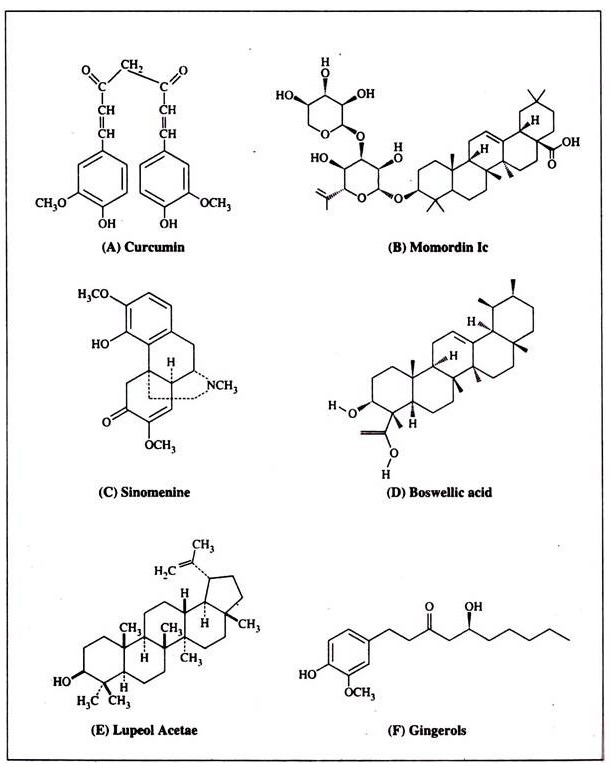ADVERTISEMENTS:
In this article we will discuss about the reproduction of deuteromycetes. This will also help you to draw the structure and diagram of reproduction in deuteromycetes.
Most Deuteromycetes are conidial forms, i.e., produce conidia. Besides conidia, some of the Deuteromycetes may produce different other spores. But there are also numerous forms which are known to produce merely sterile mycelia and no conidia at all. The sterile mycelia may or may not make sclerotia. These sterile forms are often worst of plant pathogens.
The conidial forms produce conidia on conidiophores arising directly from the somatic hyphae which may be hyaline or bright-coloured. The somatic hyphae may be loose (Fig. 298A to D); separate; innate or not; or closely aggregated to form sporogenous structures, such as, acervulus, sporodochium and synnema. Besides these, conidia may also be produced in complex structures like, pycnidia.
ADVERTISEMENTS:
According to Grove’s terminology (1935), those Deuteromycetes which form their spores in a cavity in the matrix upon which they grow they are known as Coelomycetes. Again in some forms, conidia may be produced on more or less loose cottony hyphae.
They are often designated as Hyphomycetes:
(i) Loose Hyphae Producing Forms:
In the loose hyphal forms, conidiophores grow for some distance above their supporting substratum, so that the terminal parts at least stand out at separate threads. In majority of cases the conidia are borne externally on the conodiophores which may (Fig. 301A) or may not be clustered (Fig. 301D to F).
ADVERTISEMENTS:
But there are also forms where the conidia are produced in the centre of the conidiophore and pushed out successively from an opening at the apex. These are known as endoconidia.
(ii) Acervulus and Sporodochium Producing Forms:
These Deuteromycetes produce small or large cushion-like masses of hyphae with a bed of short conidiophores from which conidia are produced. These are the acervuli (Fig. 299A). The acervuli may be subepidermal, subcortical or superficial and may or may not be provided with hairs (setae) of various, kinds.
The subepidermal and subcortical acervuli are erumpent. Often an acervulus may develop a compact mass of conidiophores on a well- marked basal stroma or mass of hyphae producing a structure known as sporodochium (Fig. 299B). It is sometimes difficult to distinguish between an acervulus and a sporodochium.
(iii) Pycnidia Producing Forms:
These are the Deuteromycetes which produce pycnidia. The pycnidia are more or less-globose or flask-shaped, hollow sporocarps in which conidia are borne at the tips of the conidiophores arising from the cells lining the inner wall of the cavity.
ADVERTISEMENTS:
They may be of various colours though most commonly black, and may be superficial or embedded in the substraum being formed directly by the loose mycelium or may be definitely stromatic (Fig. 300B & E). The pycnidium is usually provided with an opening (ostiole) through which conidia escape (Fig. 300F). The ostiole may be narrow or wanting, or it may be very large, round, irregular.
The pycnidium is often with (Fig. 300A) or without a beak (rostrum). The pycnidial wall may be extremely delicate to very thick pseudoparenchymatous. It may be smooth or provided with hairs, spines, etc. The pycnidium may be uniloculate, simple (Fig. 300F) or labyrinthiform (Fig. 300G).
The conidiophores borne in the pycnidia are generally very short, in some cases almost absent. Whereas, in others the conidiophores are quite long and branched (Fig. 300D).




